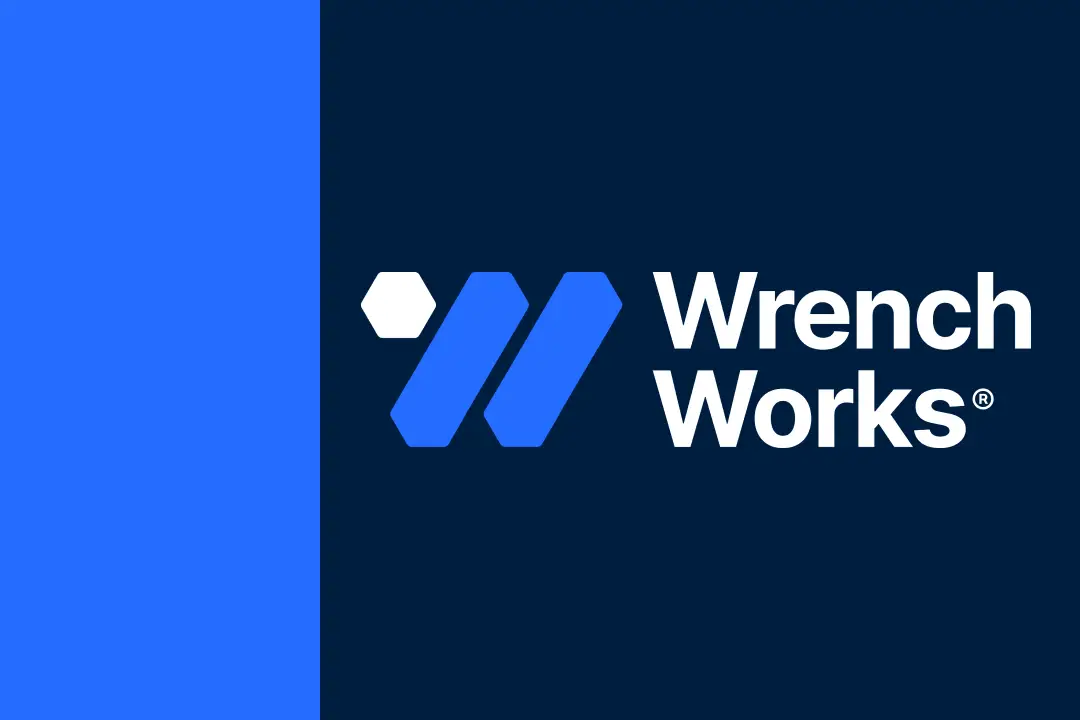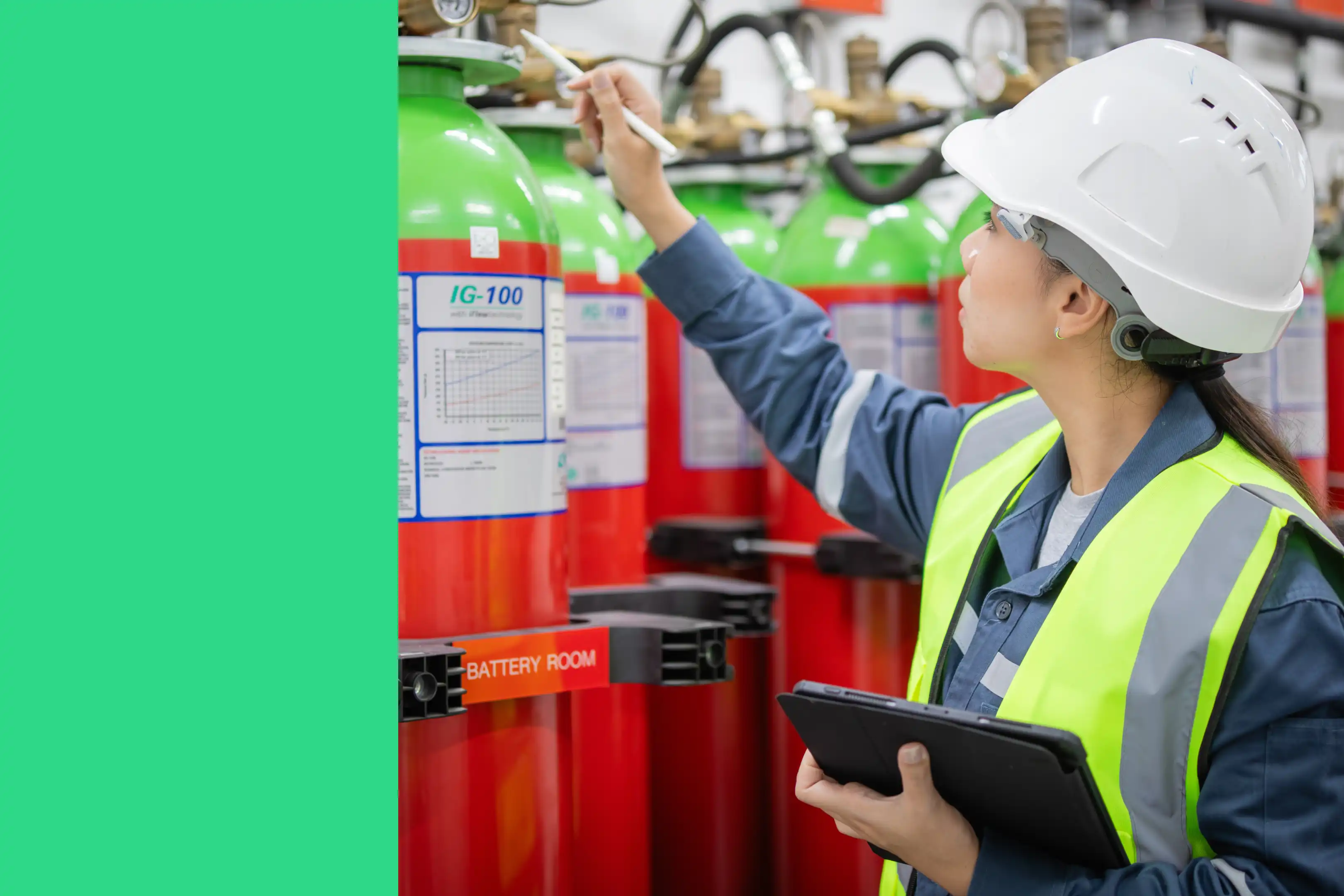
You’re here because you’re looking to reduce maintenance costs. But you want to do it without sacrificing uptime, safety, or quality.
The short answer to this problem is to implement a well-run preventative maintenance program. Unplanned downtime is brutally expensive—in our State of Industrial Maintenance survey, facilities reported that each hour of downtime costs them anywhere from $25,000 to more than $500,000. So every avoided breakdown can mean huge savings. In fact, a preventive program that sticks can reduce maintenance costs by up to 18%, according to a DOE study.
Taking it a step further, predictive strategies routinely unlock meaningful savings because you’re servicing equipment only when assets actually need it. It’s the best of both worlds: lowering expenses while increasing reliability.
Read on for proven tactics for maintenance savings, followed by a 90-day plan. This will help your team reduce waste, increase preventive maintenance compliance, and even add a targeted condition‑based layer for your most critical assets.
24 cost‑reduction tactics
We’ve grouped these cost-reduction tactics by time‑to‑impact.
Quick wins (0–30 days)
- Delete PMs without failure modes: If it doesn’t prevent a specific failure, cut it or fold it into a more effective task.
- Right‑size task frequency: Use historical evidence for how frequently to repair equipment, not habit.
- Work‑order clarity: Scope, steps, tools, PPE, parts, photos, and acceptance criteria. Fewer callbacks mean faster closeouts.
- Criticality‑based prioritization: Route limited technician hours for PMs to assets with the highest cost of failure first.
- Mobile PM calendars: Use CMMS automation and mobile notifications to keep compliance high.
- Operator early‑warning program: Train staff to log abnormal vibration, noises, odors, temperature.
- No‑stockout list: Identify high‑frequency, low‑cost consumables to never run out of.
- Escalation playbook: Identify the who, when, and how for breakdowns to cut response time.
Medium‑term (30-90 days)
- Condition‑based triggers: Add sensors or manual readings with limits that auto‑create work orders.
- Spare‑parts standardization: Reduce unique SKUs; use interchangeable parts to cut spend and lead time.
- Vendor consolidation: List response times, warranty terms, pricing ladders, then measure performance.
- PM‑compliance dashboards: Target ≥90%; lower reactive % follows.
- Root cause analysis on chronic offenders: Fix design/usage/root causes, not symptoms.
- Routes, access, and kitting: Give technicians badges, permits, and pre‑gathered parts/tools to maximize wrench time.
- Energy‑efficiency upgrades: Lower load extends asset life and trims maintenance demand.
- Lifecycle (repair vs. replace): If repair and downtime routinely beat replacement economics, replace the asset—don’t nurse a lemon.
Strategic plays (Quarterly+)
- Predictive analytics in CMMS: Trend failures and forecast parts/labor on your most critical assets to preempt breakdowns.
- Inventory forecasting: Use usage and lead times to set min/max and economic order quantity; kill dead stock.
- KPI governance: Track wrench time, PM/CM ratio, cost per asset, MTBF/MTTR, backlog age, OEE.
- Quality spares > cheap parts: Fewer repeat failures and less labor means lower lifecycle cost.
- Planned shutdowns: Batch PMs and retrofits to reduce starts/stops and expedite safely.
- Safety integration: Less reactive work lowers incident risk and cost (overtime, rush parts).
- Continuous training: Give your team regular refreshers, operator scorecards, and certification paths.
- Budget reallocation: Move dollars from emergency repairs into predictive tools and skills. The ROI will compound over time.
How to reduce maintenance costs: A 90‑day plan
This plan incorporates some of the tactics above, blending quick wins with structural fixes so your costs can keep falling quarter after quarter.
The most efficient way to execute this plan is with a modern CMMS that offers mobile work orders, automated scheduling, inventory tracking, and dashboards.
Days 1-15: Baseline, criticality, and waste hunting
Your goal: Create a single source of truth for spend, a criticality map, and a list of waste to cut.
- Consolidate your baseline. Pull the last 12 months of data, including total maintenance cost by asset, labor hours (planned vs. reactive), MTBF/MTTR, PM compliance, and downtime hours with a cost per hour. Unplanned downtime is one of the largest controllable cost drivers, and even a modest reduction pays back.
- Criticality analysis. Classify assets by safety/compliance risk, cost of failure (including downtime), and redundancy. Focus your next steps on the most critical assets first.
- Map every PM to a failure mode. To avoid over‑maintenance, delete, merge, or rewrite tasks that don’t prevent a specific failure. This is a fast way to reduce maintenance costs without hurting reliability.
- Set targets. Agree on quarterly goals: e.g., PM compliance ≥90%, reactive work ≤25% of WOs, and a 10–15% reduction in rush parts orders.
Days 16-45: Optimize the work and the schedule
Your goal: Right‑sized PM intervals, clearer work orders, and more wrench time.
- Right‑size PM intervals with data. Use asset history and OEM guidance to widen or tighten how frequently your team is completing preventive maintenance. Fighting both under‑maintenance and over‑maintenance saves time, parts, and energy.
- Standardize work orders. Add parts/tooling lists, PPE, photos, and checklists so techs can arrive and get the job done. This reduces non‑productive time and avoids repeat visits.
- Increase PM compliance. Automate scheduling and notifications to keep planned work on schedule.
- Operator care training. Teach clean/lube/inspect and early fault detection (noise, heat, leaks) to staff. This helps you catch issues before failure, reducing down costly reactive incidents.
Days 46-90: Lock in structural savings
Your goal: Build a predictive layer for your most critical assets, and save with smarter inventory and vendor management.
- Add condition‑based triggers on your most critical assets. Start with vibration, temperature, pressure, or ultrasound—whatever best predicts your top failures. A study by the U.S. Department of Energy (DOE) suggests predictive maintenance (PdM) can yield further savings of up to 12% over basic preventive strategies.
- Optimize inventory. Classify SKUs, set reorder points, standardize interchangeable parts, and kill dead stock. Parts readiness reduces costs by helping technicians spend more time on meaningful work, like preventive maintenance tasks, than on searching for the right parts.
- Vendor and warranty management. Consolidate to preferred suppliers, add SLAs, review warranty eligibility, and negotiate volume breaks.
- Dashboards and cadence. Track cost per asset, preventive to corrective maintenance ratio, backlog age, MTBF/MTTR, and downtime hours avoided.
How to calculate your savings
Here’s an example of how to estimate the ROI of your cost reduction plans.
Baseline inputs (example for a mid-size plant):
- Annual maintenance budget: $2,500,000
- Unplanned downtime: 40 hours/year
- Cost of downtime (conservative): $50,000/hour
Savings from preventive maintenance
Preventive programs can reduce total maintenance costs 12–18%. On $2.5M, that’s $300,000–$450,000 in direct annual savings.
Avoided downtime (conservative)
If stronger preventive maintenance and better scheduling avoids just 10% of those 40 hours, you save 4 hours × $50,000 = $200,000 in downtime.
Predictive on critical assets
Apply predictive maintenance to the 30% of your spend that's tied to critical assets. If predictive maintenance trims 18% of that slice, you save 0.30 × $2,500,000 × 0.18 = $135,000.
Example total: $300,000 (PM) + $200,000 (downtime avoided) + $135,000 (predictive) = $635,000 annual benefit, before counting inventory, warranty, and vendor savings.
CMMS configuration checklist
Here's a rundown of how to implement maintenance cost reduction strategies into your CMMS.
- Asset hierarchy and criticality: Add function, location, and failure modes to every critical asset, and attach SOPs and hazard controls.
- PM library and calendars: Convert tasks into digital templates with repair intervals by runtime, count, or calendar. Set your CMMS up to auto‑assign and notify team members.
- Best‑practice work orders: Include scope, steps, PPE, torque settings, photos, parts/tools, and acceptance criteria.
- Condition monitoring: Create manual rounds or integrate sensors; set thresholds that auto‑trigger work orders for vibration, temperature, pressure, etc.
- Inventory: Build your digital parts inventory (SKU, bin, suppliers, min/max); set up low stock alerts; standardize interchangeable parts.
- Vendors + warranties: Track contracts, SLAs, response times, and warranty expirations to avoid unnecessary paid repairs.
- Dashboards + KPIs: Measure factors like PM compliance, reactive %, MTBF/MTTR, cost/asset, backlog age, and downtime hours avoided. Review weekly in a 30‑minute meeting.
Final word on how to reduce maintenance costs
If you’ve been tasked with figuring out how to reduce maintenance costs for your maintenance team, the path to getting started is clear: remove waste, execute PMs with discipline, and add predictive maintenance where it matters most.
MaintainX can help make these plans your team’s daily reality. Check out our case studies to see how customers are using the software to improve their operations, or book a tour to walk through the features yourself.
What’s the single best way to reduce maintenance costs right now?
Increase preventive maintenance completion and remove over‑maintenance. Preventive programs can cut 12–18% of total maintenance cost while reducing breakdowns that drive costly overtime and rush parts shipping.
How do you reduce maintenance costs without buying new equipment?
You can reduce the cost of maintaining existing equipment by right‑sizing your PM intervals, standardizing work orders, and even adding condition triggers on your most critical assets.
Is over‑maintenance really a problem?
Yes. Many PMs are performed too frequently or don’t map to failure modes. Trim or rewrite them, and you’ll free labor and parts budget without hurting reliability.
How expensive is downtime, and how do I estimate it?
Benchmarks vary by industry. Maintenance leaders have reported averages of $25,000/hour (some larger organizations report up to $500,000/hour). Multiply your facility’s hours of unplanned downtime by your cost/hour for a conservative impact figure.
Which KPIs prove we reduced maintenance costs?
Cost per asset, PM/CM ratio, PM compliance, MTBF/MTTR, backlog age, downtime hours avoided, rush orders avoided, and wrench time are all indicators of maintenance savings.







